Futures Spread Trading: The Complete Guide
$13.75
| Author(s) | |
|---|---|
| Pages |
280 |
| Format |
|
| Publication Year |
2000 |
Futures Spread Trading provides an introduction to the basic concepts of spread trading as well as an outline of more advanced techniques. Spread trading is an integral part of the commodity futures marketplace, yet relatively little has been written about spreads. There are more fingers on one hand than books about spreads.
Introduction:
Futures Spread Trading is organized with the basics of spread trading in the first several chapters and the more esoteric subjects in the late chapters. Chapter 2 answers the question “What is a spread?” and is directed at either the novice or the experienced trader who wants a review.
Chapter 3 outlines some of the reasons why a trader should trade spreads. It also looks at some of the reasons why a trader who doesn’t want to trade spreads should still follow spread price action. Chapter 4 is a discussion of some of the reasons that spread prices moYe. We look briefly at the random walk theory as well as arguments against it. Chapter 5 is a detailed analysis of carrying charges. The chapter examines how to calculate them and what can make them change in value.
Chapter 6 is an extension of the concepts outlined in Chapter 5. Techniques are given for trading spreads that are close to the full cost of storage, insurance, and financing. Chapter 7 is a special chapter on just interest rate spreads. These are perhaps the most common spreads; it was useful to show the drivers of the spreads in a separate chapter. Chapter 8 is devoted to the techniques involved in bull and bear spreading. Bull and bear spreads are often used as substitutes for outright positions.
Chapter 9 is the first of two chapters that use historical information in analyzing commodity spreads. The techniques center on discovering years that have similar fundamentals and then analyzing the predicted price behavior on that basis. Chapter 10 discusses seasonal price behavior of futures spreads. This is a particularly powerful method for raw material spreads. There is a discussion of the various methods of determining seasonal price behavior. Chapter 11 presents probably the first published discussion of linear regression and correlation analysis of commodity spreads. These forms of analysis attempt to quantify the effects of changes in the supply and demand factors on the price of the spread.
Chapter 12 outlines some of the classic approaches to the broad area called technical analysis. This is a discussion of chart patterns in relation to spreads. There are many more forms of technical analysis, but I just wanted to show how the basics apply to spreads. Chapter 13 looks at those things that are unique to intermarket spreads or spreads of similar futures but traded on different exchanges. Several of the more important spreads of this type are examined.
Chapter 14 looks at spreads between different commodities and the factors that are unique to the trading of them. Unfortunately, there are a huge number of different intermarket spread relationships. Chapter 15 outlines the construction of a trading plan. A sample trading plan and a method of weekly updating are presented. Trading plans can be a major contributor to profitable trading. Chapter 16 is a potpourri of trading tips that don’t fit into any other chapter, and Chapter 17 lists sources of further information.
Futures Spread Trading: The Complete Guide By Courtney Smith pdf
4 reviews for Futures Spread Trading: The Complete Guide
Clear filtersOnly logged in customers who have purchased this product may leave a review.


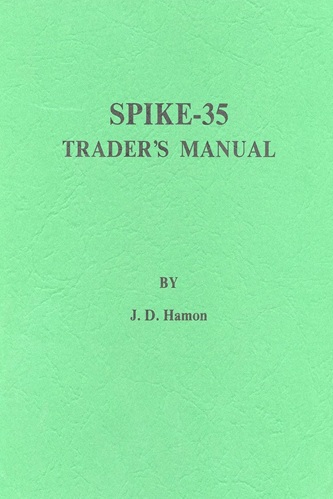
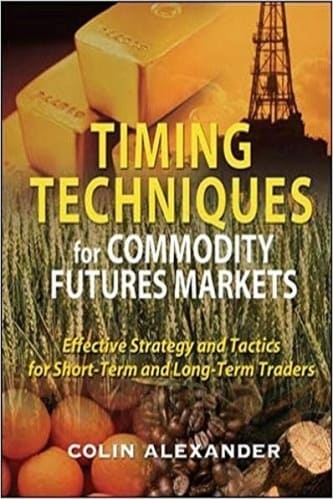
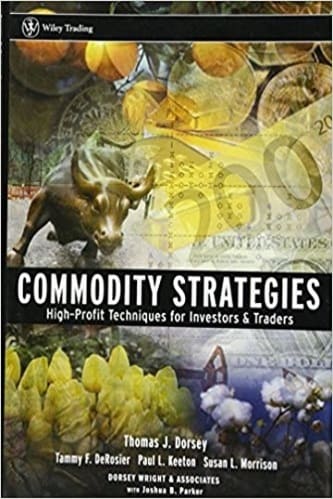
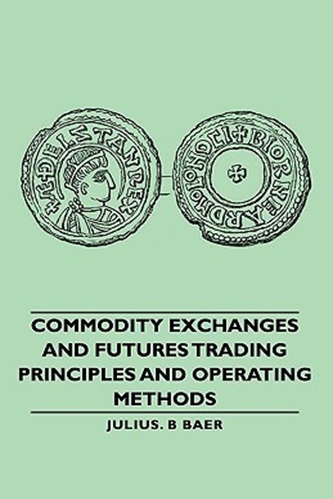
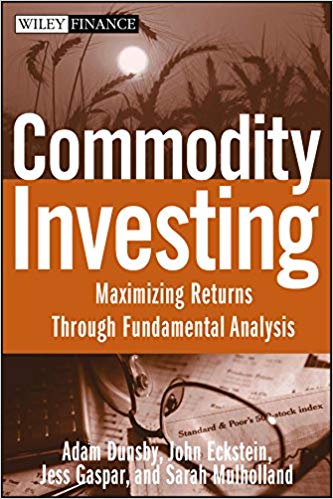
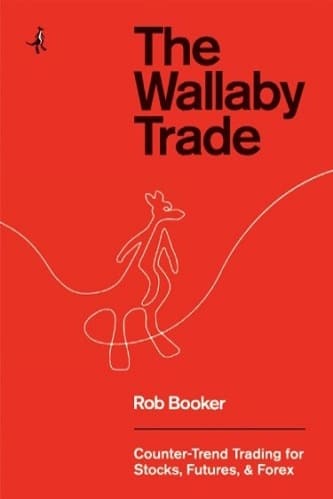
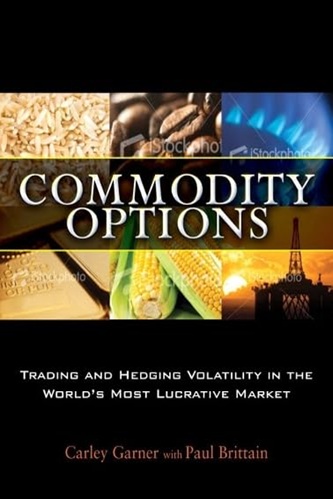
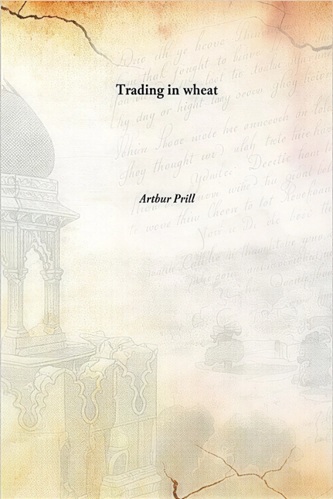
Karen Montgomery (verified owner) –
Courtney Smith’s textbook is specifically and comprehensive about spreads.
His whole book is about spreads and nothing but spreads. Probably the most useful Spread book from the fundamental perspective.
He has a lot to teach there is a lot to learn. It is the kind of book you’ll keep in your spread-trading library. But will not by itself excite you to get up and trade.
It is comprehensive in that it stays on the subject like a dog with a bone, unlike Schwager’s books that are all over the futures game.
He has a lot of experience and is well known in the field of spreads. This book is in my top ten Spread Traders library.
Aniyah Potts (verified owner) –
Not good
Maximiliano Craig (verified owner) –
This book is great for the beginner who knows nothing at all about spreads but who desires to learn and also for the intermediate trader who wants a greater depth of knowledge. The information is quite comprehensive, and presented in language that is very readable. This book help me get an understanding of the fundamentals behind markets. It belongs in the library of every trader.
Alfred Weeks (verified owner) –
This book provides little more than a pedestrian introduction to commodity spreads. The book includes quite a bit of information that would best be left to other tomes: introduction to least squares regression (you would do better to use a Statistics 101 book), development of a trading system (get a book on trading systems/methods…), etc. The only material that I thought carried unique insight was the brief portion on EuroDollar Futures. There was only shallow discussion on analysis of futures patterns, or market tendencies. This book would only be useful if you know NOTHING about spreads.